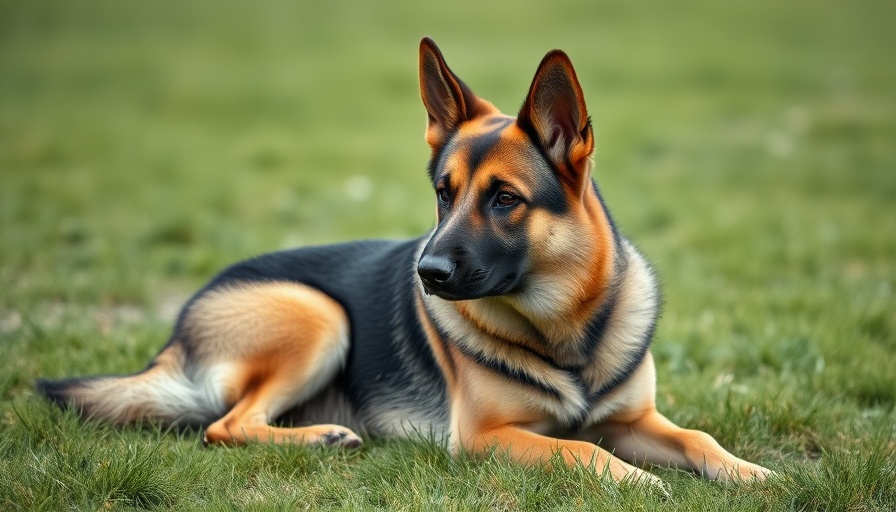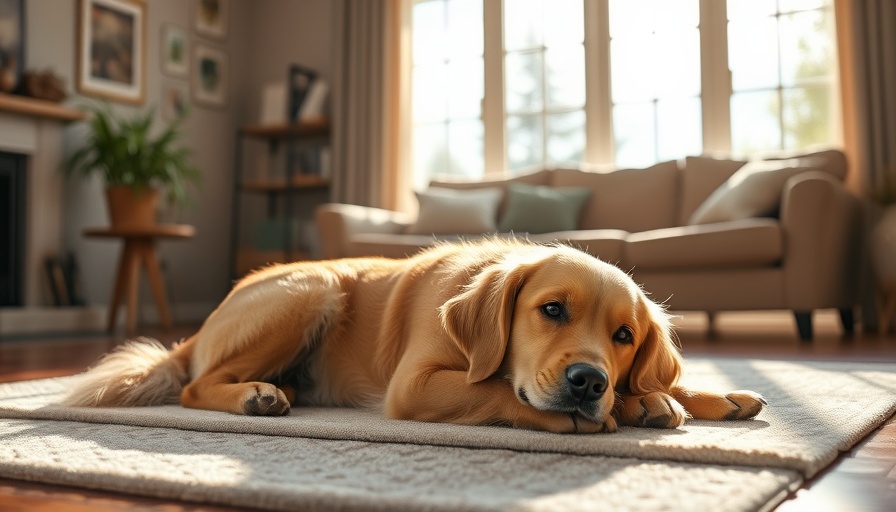
Mastering the Art of Training Your German Shepherd Dog
German Shepherd Dogs (GSDs) are often regarded as one of the most versatile and intelligent breeds. As the third-ranked breed for working intelligence, these dogs are not just loyal companions but are also perfect for roles in various sectors, such as law enforcement, search and rescue, and services for individuals with disabilities. This article presents essential tips for training your GSD effectively, helping you cultivate a well-behaved and confident pet.
The Unique Characteristics of German Shepherds
Understanding what makes GSDs unique is pivotal for successful training. Firstly, GSDs originated in Germany in 1899, bred initially for herding and quickly evolving to perform a wide array of roles thanks to their remarkable intelligence and adaptability. Their loyalty diminishes the line between pet and family member, as they forge strong bonds with their human counterparts.
Training Techniques for Optimal Results
When it comes to training, the right approach can significantly impact your GSD's behavior. Positive reinforcement, particularly the use of treats, toys, and praise, is incredibly effective. This methodology not only encourages desired behaviors but also strengthens your bond with your furry friend.
Moreover, initial socialization is crucial. Early exposure to different people, environments, and situations helps GSDs understand their role and responsibilities within the family unit. Without proper socialization, their natural protective instincts may lead to fearful or aggressive behavior.
Addressing Behavioral Challenges
While highly intelligent, GSDs can present behavioral challenges. Their strong-willed nature often means they will test boundaries, especially during adolescence. Inconsistent training can exacerbate these issues, making it essential for all family members to participate in the training process consistently. Patience and regular practice are key here.
The Importance of Physical Exercise
Due to their high energy levels, GSDs require substantial exercise—at least two hours a day, as recommended by the American Kennel Club. Walking, running, fetch games, and agility training not only fulfill their physical requirements but also provide mental stimulation, reducing the chance of boredom-related issues such as digging or excessive barking.
Future Insights: The Evolution of Training Techniques
The future of GSD training may see an increase in technology-assisted training tools that help owners manage their time and reinforce learning through gamified apps and virtual trainers. This evolution could expand accessibility for prospective GSD owners who may have previously felt overwhelmed by traditional training methods.
Practical Tips to Enhance Your Training
- Be Consistent: Regularity is fundamental when training your GSD. Establish routines that both you and your dog can follow.
- Engage in Mental Activities: Incorporate brain games such as hide and seek or puzzle toys to keep your GSD mentally stimulated.
- Seek Professional Assistance: If you encounter difficulties, enlisting the help of a professional dog trainer can provide targeted strategies and support.
In conclusion, training your German Shepherd ensures that you'll build a lasting relationship based on trust and respect. So grab your training treats and embark on this rewarding journey with your loyal friend!
If you're committed to developing a strong partnership with your GSD, consider joining a local training class or finding community resources that can provide ongoing support and engagement.
 Add Row
Add Row  Add
Add 




 Add Row
Add Row  Add
Add 

Write A Comment